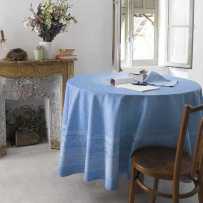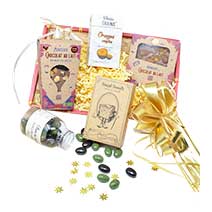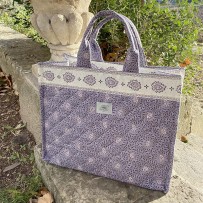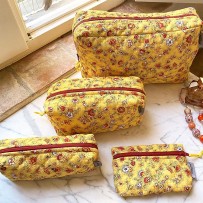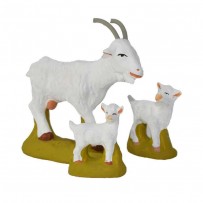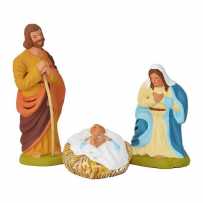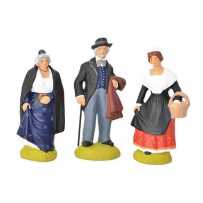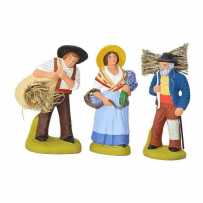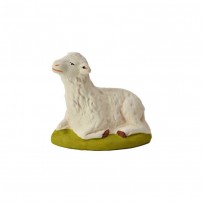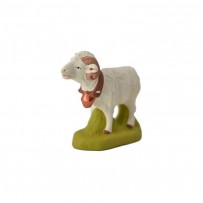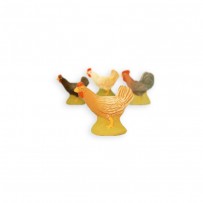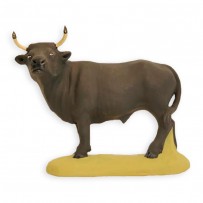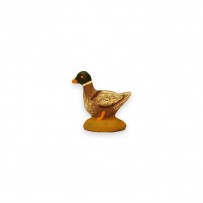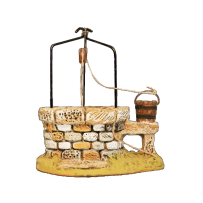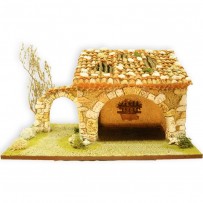Entirely made and painted by hand, it is made in terracotta by a craftsman twice the best worker in France ... to create a sublime Christmas crib and amaze young and old! ...


Description & Product Details >>
For a personal quote, please Contact Us
Coordinates & accessories
Christmas figurines
In the crib, each character has a specific function to help recreate the Nativity scene surrounded by a village in Provence. Apart from the subjects of the stable, unavoidable, old Provencal trades are represented: baker, miller, shepherd, garlic seller, washerwoman, fisherman, and many others.
In fact, it is about reviving a village as if Jesus had been born in Provence: the angel Boufarèu (blower) announces the news to the shepherds. All the inhabitants converge on the stable to see the Newborn. They cross the hill, with their baskets of crops, their animals, go through the olive groves, and all the Provençal landscapes are represented.
So let yourself be transported by the magic of a Provençal crib, and immerse yourself in the world of santons, jovial and cheerful figurines. The spirit of Christmas is already blowing through your home!
Quality santons
To choose quality santons, you must take into account several criteria. They must of course be made in an artisanal way in terracotta and painted by hand… but that is not enough!
You must also pay particular attention to the finesse of the details (this is the signature and the know-how of a "great" santonnier). In particular, the face, the drape and the shapes of the santon attest to the quality of the mold. Likewise, the realism and expression of the face gives you guarantees on the painter's mastery.
A renowned santonnier must therefore be recognized as an 'artisan of art' ... And, as a guarantee of quality, our santonnier has also received the gold medal for the best worker of France twice!
Did you know?
The French word santon comes from the Provencal santoun which means "little saint". Originally, the living cribs were intended to recreate the scene of the Nativity in the churches, and since the Middle Ages under St. Francis of Assisi. But the French revolution banned them in public, which led families to use dummy figurines to continue the tradition in their homes.
These characters were made of different materials (paper mache, breadcrumbs, plaster). In Marseille, in the nineteenth century, the competition of Neapolitan merchants who sold santibelli, has generated a resistance from the Provencal santonniers. The latter imposed the cooked clay and proposed their creations on markets of santons. These are still very popular today, in parallel with the Christmas markets.
12 other products in the same category:
Questions
No customer questions for the moment.












